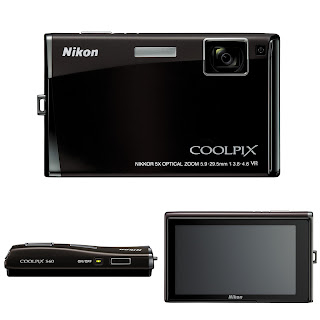
Adobe has recently released a Release Candidate for their new Camera Raw.
As always this brings a lot of new cameras to the set and if you are using the Hasselblad series or the new Nikon D5000 this is a major for you.
Although this is only a Release Candidate but is very functional and the Hasselblad possibilities just rocks.
Check the ful article for the full list of new supported cameras.
The Camera Raw 5.4 Release Candidate is now available on Adobe Labs. The release includes new camera support for the following models:
* Canon EOS 500D (EOS Rebel T1i)
* Epson R-D1x
* Hasselblad CF-22
* Hasselblad CF-22MS
* Hasselblad CF-39
* Hasselblad CF-39MS
* Hasselblad CFH-22
* Hasselblad CFH-39
* Hasselblad CFV503
* Hasselblad CWD
* Hasselblad H2D-22
* Hasselblad H2D-39
* Hasselblad H3D-22
* Hasselblad H3D-31
* Hasselblad H3D-39
* Hasselblad H3DII-22
* Hasselblad H3DII-31
* Hasselblad H3DII-39
* Hasselblad H3DII-39MS
* Hasselblad H3DII-50
* Kodak EasyShare Z980
* Nikon D5000
* Olympus E-450
* Olympus E-620
* Panasonic Lumix DMC-GH1
* Sigma DP2
This release also includes new DNG Compatibility conversion options. These choices are explained on the Adobe Labs web site and help address the additional options available with an upcoming revision of the DNG Specification.
If you have feedback on this release please post a descriptive topic on the Adobe User to User forums.





